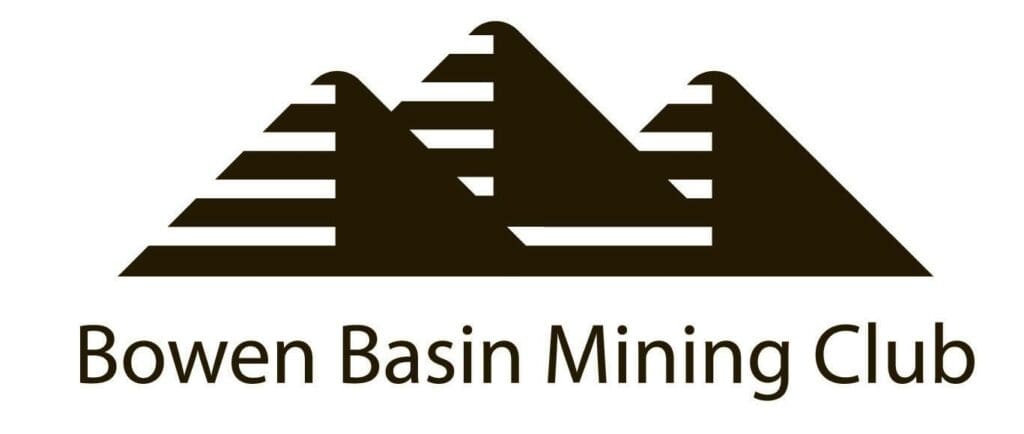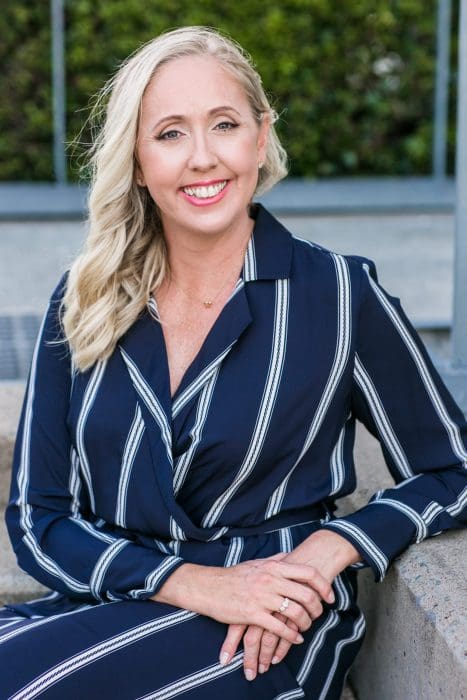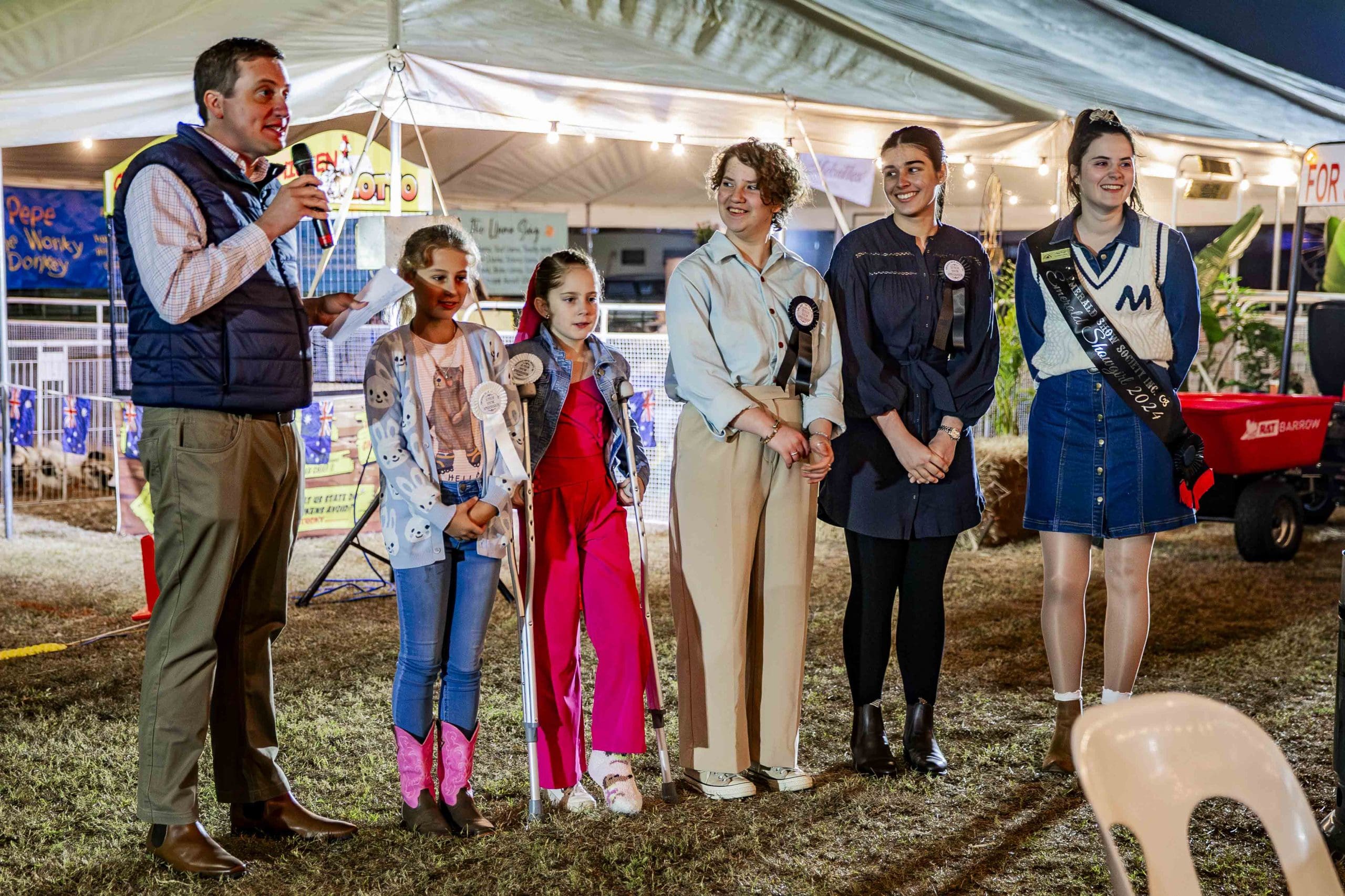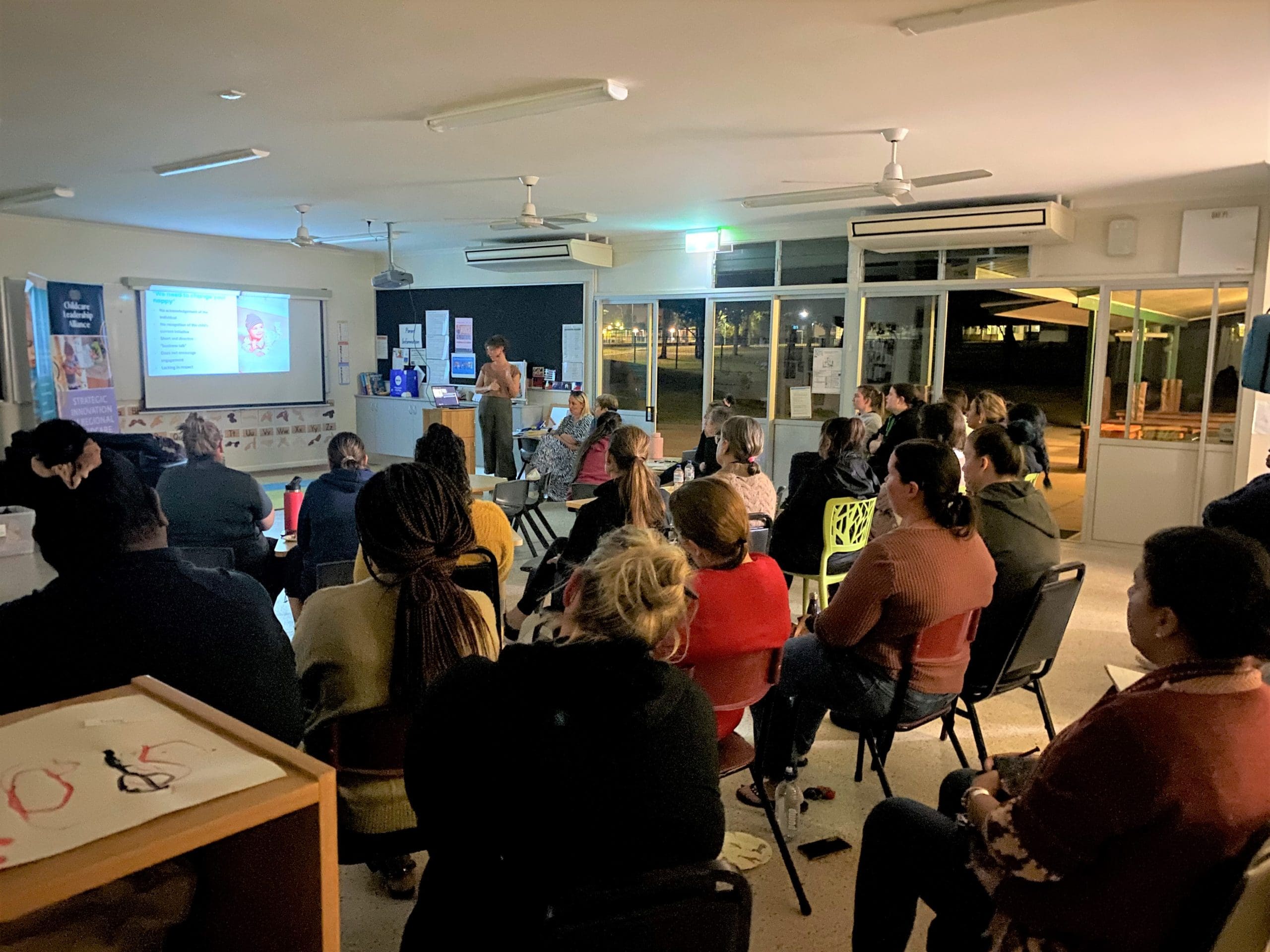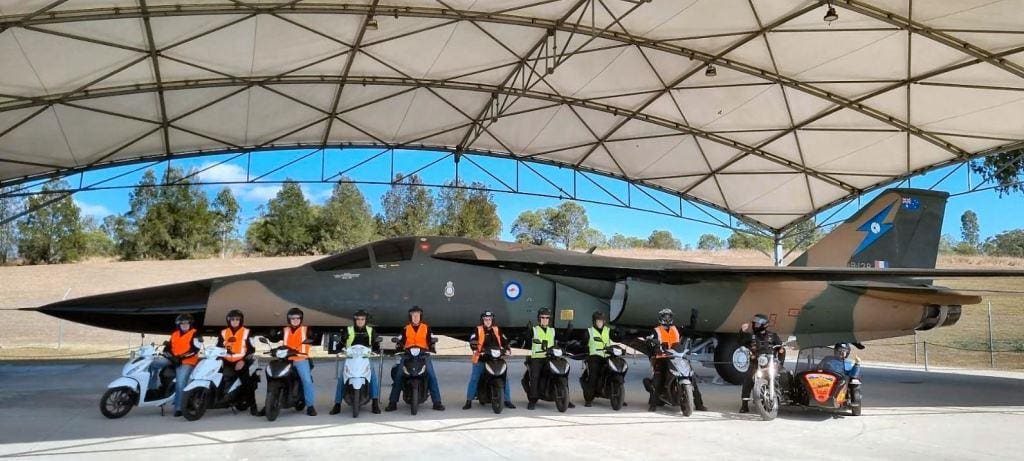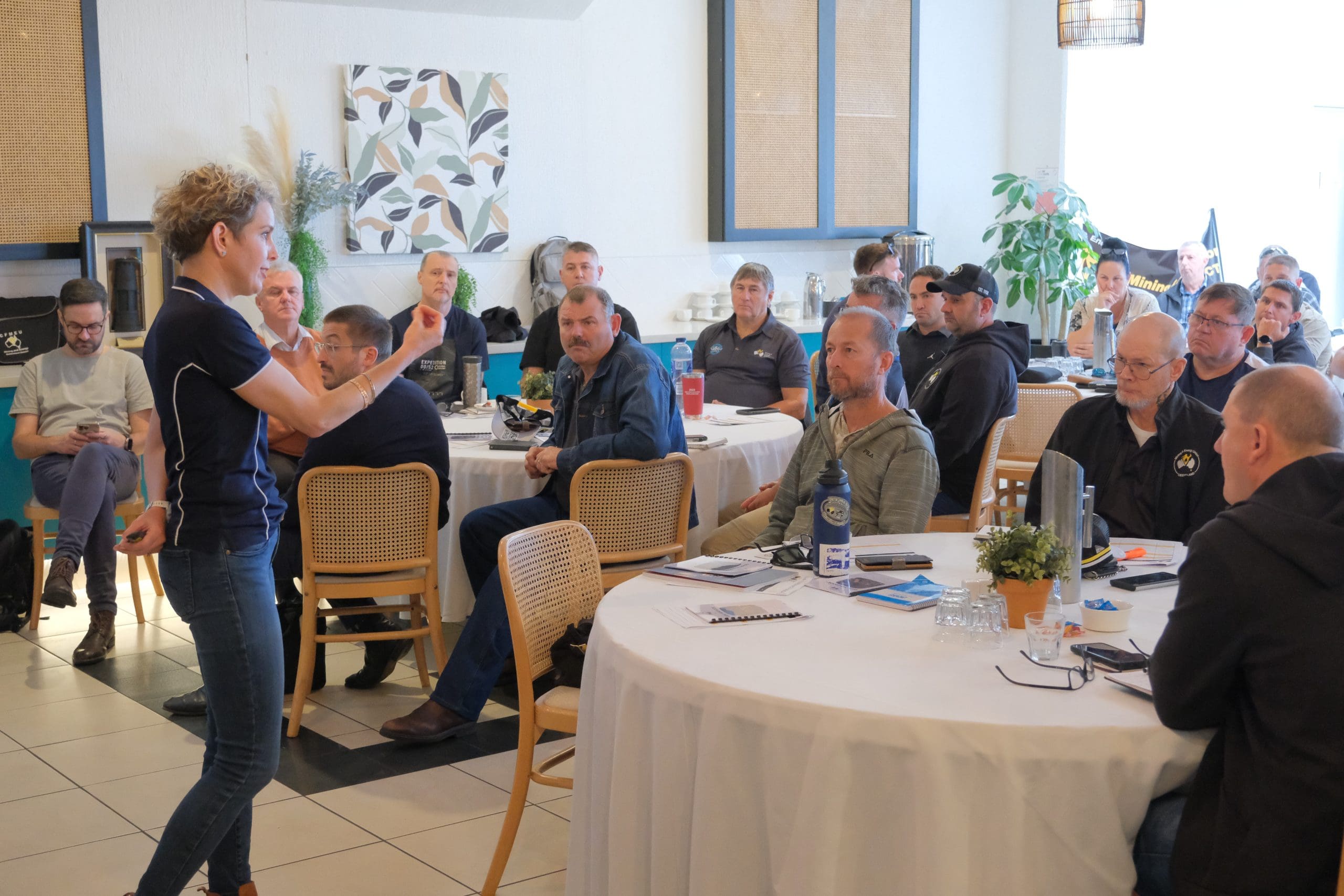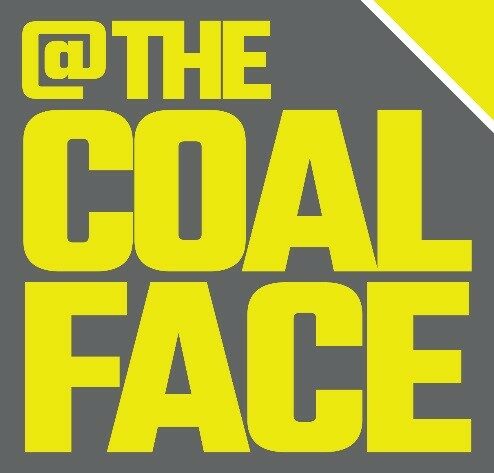The recent World Mining Congress, hosted in Brisbane, made headlines due to several very bold statements from leaders in both industry and government.
Annastacia Palaszczuk MP, Premier of Queensland, opened the conference by announcing a critical minerals policy, talking up the future of the state’s mineral development and said that Queensland is an attractive place for mining investment.
Minutes later, BHP Chief Executive Mike Henry took the stage to make the pointed remark that the mining giant “will not be investing any further growth dollars in Queensland under the current conditions”. Of course, those conditions are the contested royalty scheme that Henry says came into play “without industry engagement, and with no effort to understand and no interest in understanding”.
Also, during the World Congress, Tania Constable of the Minerals Council of Australia warned that governments needed to be “bold and brave”, to move beyond current thinking in regulatory approvals and recognition of critical minerals.
Federal Minister for Resources Madeleine King lauded the sector’s role in Australia’s transition to net zero. And Federal Treasurer Jim Chalmers says that mining isn’t going away – in fact, it’s “more important than ever”, representing a “generational opportunity for Queensland and Australia”.
Whatever your political stance, two things are clear: there is a disconnect between industry and policy, and the mining industry is more important to our futures than ever.
Dissecting the disconnect.
The whiplash between the Premier’s speech and Mike Henry’s speech was the subject of most conversations around the Congress for the next few days. While the ‘minerals for net zero’ seems to be a compromise between embracing industry and placating teal voters, the numbers on coal’s contribution to the state government’s coffers are hard to hide behind. Total coal royalties exceeded $15 billion this financial year – and with a state government ‘surprise’ surplus of $12 billion, it’s obvious to everyone where the extra cash has come from.
But in 5-10 years’ time, this will be a different story. With coal projects now actively discouraged from further investment, jobs, production and royalties will soon disappear – unless there is a significant course correction on the Queensland government’s part.
But to look to the good news – mining, and coal mining, is absolutely fundamental, now and into the future. This was a strong message throughout the conference, in multiple plenary sessions, streams and sideline discussions.
Global net zero by 2050 means a 6x increase in critical minerals and metals production. And, as Michelle Manook recently said on the Bowen Basin Mining Club Crib Room podcast, the critical mineral called coal has a big part to play.
A clear summary of the gap that industry needs to fill comes from Mark Cutifani, former Chief Executive of Anglo American. In an Australian Financial Review article last week, Cutifani says that as a sector, we can’t go around blaming politicians for their ignorance in the important role coal plays in Queensland’s economy.
His solution? We need to contribute to the debate, helping people understand where we stand and what contribution we make. As Cutifani says, the realities of sustainability can’t be met without minerals, “our modern industrial society and our new technologies are all built on mineral platforms and infrastructure – the raw materials we mine are literally the source of everything.”
So let’s fight mixed messaging, and be loud and proud about what our sector does. It’s been our clear call to action at the Bowen Basin Mining Club for years, and we’ll continue to support those conversations everywhere we can.
As for you – here’s a great place to start that conversation for yourself. Anyone around you commenting on the cost of living relief in the Queensland budget? Let them know it’s proudly brought to you by coal.
Jodie Currie
Director, Bowen Basin Mining Club
